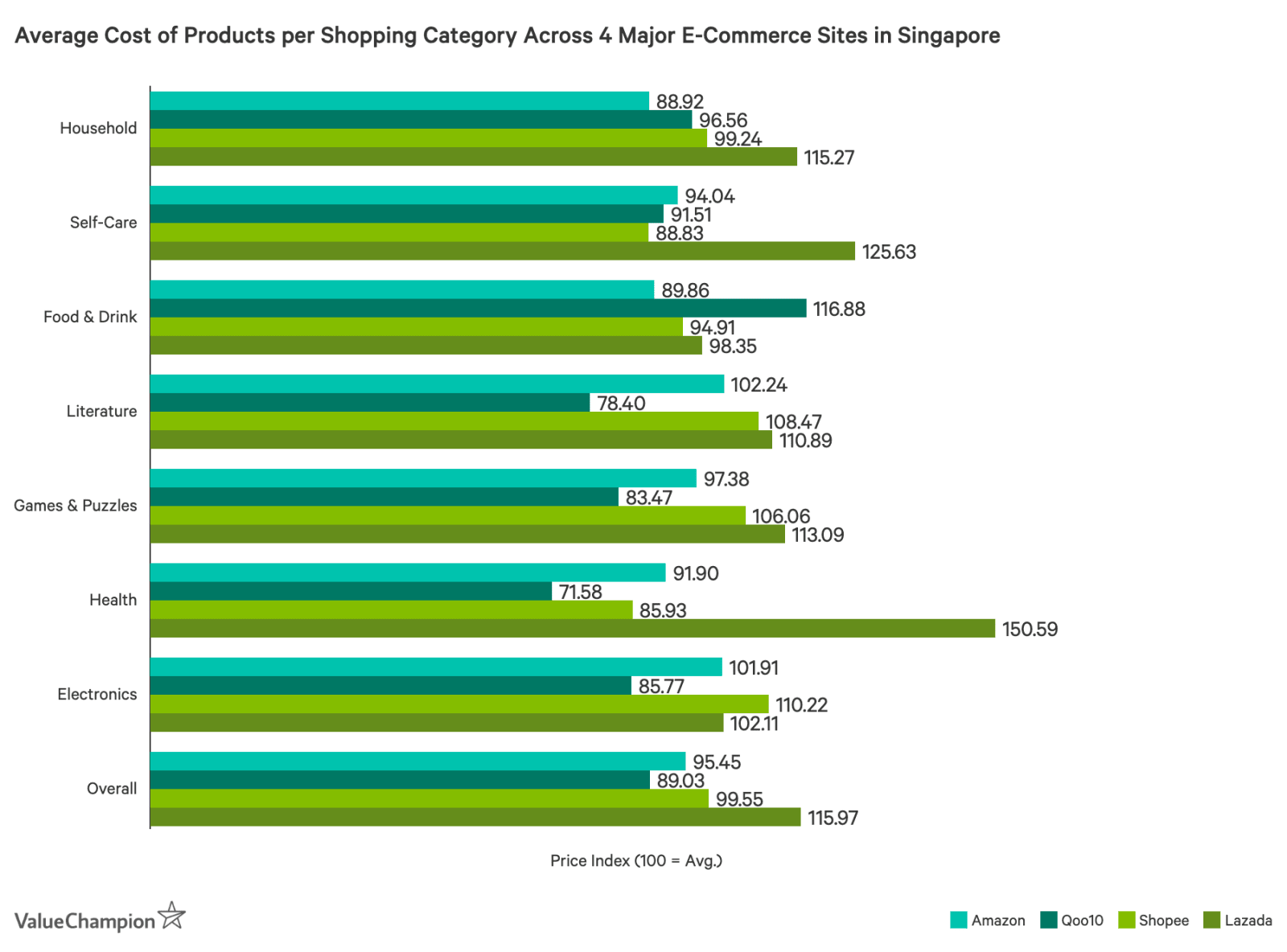5 Consumer Benefits from Increased eCommerce Investment In Singapore's Logistics Industry
Today e-commerce dominates Singapore consumerism with an estimated 3.3 million users. It is no surprise that Singapore is a hot market for domestic and foreign e-commerce platforms. Amazon entered the Singapore market back in 2019, and it looks like Korean e-commerce giant, Coupang, will be looking to enter soon. This island is an attractive space for companies to expand into Southeast Asian markets, and competition will continue to tighten. So with new players looking to invest in their logistics operations in Singapore, how does this benefit the average Singaporean consumer? Continue below to find out the top 5 benefits you receive as more e-commerce services compete in logistics against one another.
1. Lower Fees and Prices
At the core, competition in the market drives prices low and the quality of services up. New and existing e-commerce platforms continue to squeeze market share from a growing market. Consumers should expect to generally see prices for goods and services drive down without significant sacrifices to quality.

Unfortunately, meeting consumer demands comes with complicated and expensive logistical challenges. These are challenges each e-commerce platform meets differently and it ushers them to find new ways to deliver products better and cheaper.
E-commerce platforms that innovative their shipping, warehousing, tracking, and packaging can pass on those savings to the consumer. Consumers can further look for savings as many rewards credit cards work with e-commerce platforms to provide cash rewards for online purchases.
2. Delivery and Fulfillment
Streamlined delivery and fulfillment innovations are some of the most apparent benefits and arguably the most impactful. Although often a large investment by e-commerce platforms—sometimes at a loss—the benefits are tremendous to consumers and businesses.

Amazon, continues to invest heavily in their distribution and logistics capacity. They make up for the losses in revenue elsewhere while still promising 2-hour grocery delivery services.
Coupang is similarly known in South Korea as heavily investing in local logistics and claims that 70% of South Koreans live within 10 minutes of one of their fulfillment centers. So as Coupang seeks to enter Singapore, expect to see initial investments that rival existing competition. In the end, consumers benefit from a wide variety of efficient online shopping and delivery services.
3. More Jobs
Simply put, to run these massive logistical operations requires an army. E-commerce platforms are huge employers globally, and where they go so do the jobs. Most of the top e-commerce platforms directly employ thousands of workers each and the platforms themselves provide opportunities for new businesses to emerge.

Aside from the wholesale trade and information & communication, shipping and storage (logistics) revenue was the next highest driver in total e-commerce revenue generated in 2017. Essentially, this is a revenue stream backed behind thousands of jobs in Singapore.
4. Tracking, Labelling, and Packaging
One of these innovations adopted and proliferated by the e-commerce industry is trackability throughout every phase of fulfillment. Whether using QR codes, or other proprietary methods, e-commerce companies track and label products that allow the platform, vendors and customers more visibility throughout the delivery process.
E-commerce isn't going anywhere and will only continue to grow sky high as more consumers migrate purchasing more consumer packaged goods (CPGs) to online retailers. Packagingworld.com argues that "the real impact of e-commerce on packaging will be in the area of secondary and tertiary packaging. Among the top considerations...are the speed and flexibility of packaging equipment, and the durability, size, sustainability, and presentation of the shipping case." This shift has emphasized retailers to more closely consider package design that ensures secure, attractive, and responsible packaging for consumers in the long run.
5. Niche, Boutique, and International Products Available to Consumers
Demand for anything and everything continues to fuel the need to invest in logistics and supply chain management; new competition will likely continue to spur this trend. As such, niche and boutique products and services have increasingly become available online to Singaporeans over the years. It's not just food delivery and popular categories like electronic devices, but you can also get access to hobby crafts, unique sporting goods, and even rare coins.
Not surprisingly, this also makes international products more readily available. In fact, Singapore is one of the biggest consumers of international goods via e-commerce websites in Asia. With more and more e-commerce platforms competing, the supply of niche products and international goods will continue to be at the touch of your fingertips.

